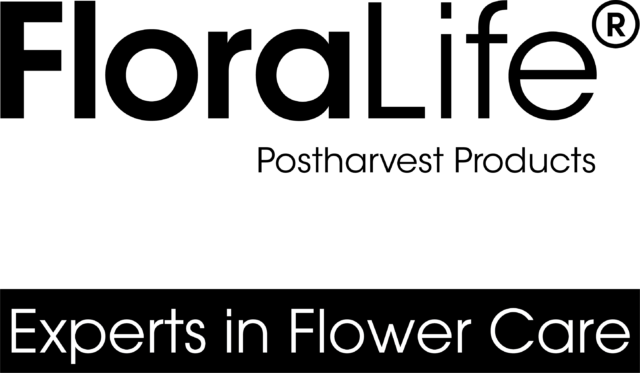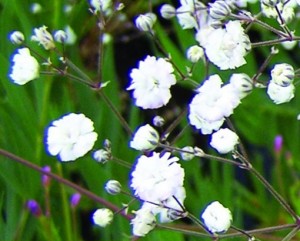Cut Flower Care and Handling: Gypsophila
In the newly expanded Flower Care and Handling section of our website, Floralife offers several useful tips for the postharvest processing of many different varieties of cut flowers. Grower, wholesaler, retailer, enthusiast – there’s usually something for everybody. Let’s keep going down the list! Today’s star is everyone’s favorite floral accent: Gypsophila!
Gypsophila, more commonly known as Baby’s Breath, is a flowering plant related to the Carnation. According to Wikipedia, Gypsophila is native to Eurasia, Africa, Australia, and the Pacific Islands. Over 35 species of Baby’s Breath grows in Turkey alone!
As always, Floralife has some practical Gypsophila care and handling tips for the grower, the wholesaler and the retailer. Here is a preview.
For the Grower: Harvest Gypsophila when about 20 – 30% of flowers are open. If flower buds are not open enough, add up to 5% sugar to uptake solution (in combination with Ethyl Guard or Ethyl Guard Charger 100) to force open flowers. Gypsophila is ethylene sensitive, so make sure to treat with an anti-ethylene treatment such Ethyl Guard or Ethyl Guard Charger 100 combination as an uptake treatment after harvest.
Then to increase solution uptake and prevent stem plugging, treat with HydraFlor® 100 hydrating treatment for half an hour. Use HydraFlor® 100 again after cutting the stems, and then transfer stems to a solution of one of the Floralife® 200 storage and treatment products.
For the Wholesaler and Retailer: When buying Gypsophila, ask if they have been treated with a commercial anti-ethylene product. Avoid buying with too many brown or shriveled flowers, or stems with no flowers open. Instead, buy stems with about two thirds of the flowers open.
Process Gypsophila by cutting the stems and removing any foliage below the solution level.
Pretreatment: If they haven’t been pre-treated with EthylBloc® Technology, do so now. If they HAVE been, hydrate them with HydraFlor® 100, a concentrate generally recommended for maximum results; or Floralife® Quick Dip, a ready-to-use version that requires no mixing or measuring. This quick one second dip may be more suitable to retail flower shops.
Note: After dry shipping, use Quick Dip or Hydraflor Clear 100 followed by Clear 200.
Holding Solution: Use fresh flower food at recommended rate, such as Floralife® Flower Food 300 or Floralife® 200 storage and transport treatment.
That’s a quick preview of Floralife’s Gypsophila Care and Handling article. There is more at the original piece, including discussion on vase life, storage temperatures and special care recommendations, as well as troubleshooting advice, so take a look! Are you a fan of Gypsophila, as a professional or an enthusiast? Let us know in the comments section!
*Note: Not all Floralife products are available in all regions. If you have any questions, please contact us.



